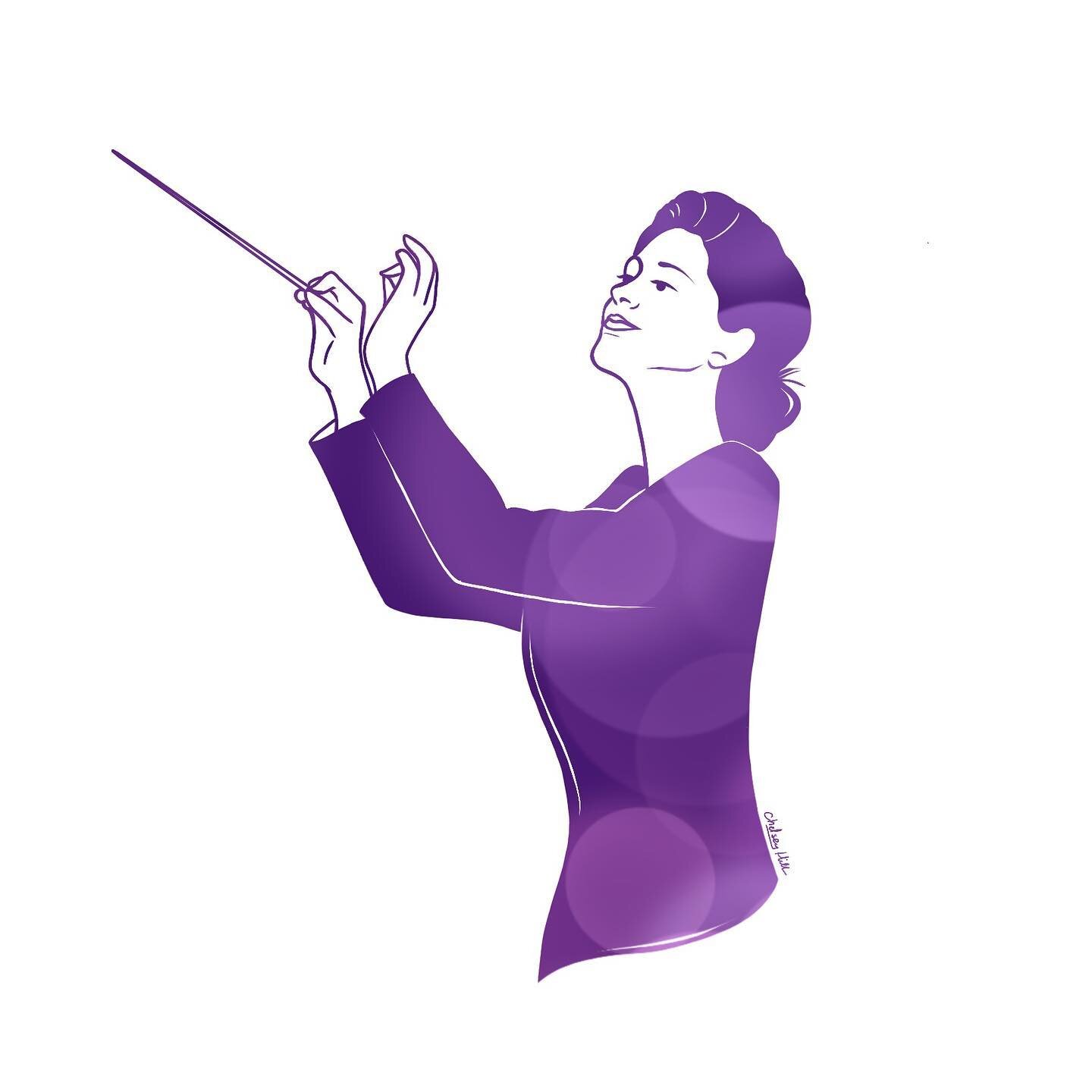TRIADS IN SECOND INVERSION
A chord (triad, seventh chord, or any other chord) with the 5th scale degree in the bass and the root and third somewhere above is said to be in SECOND INVERSION. For a triad, this would mean the chord is spelled (from bottom to top) either 5 - 1 - 3 or 5 - 3 - 1. The order of the chord tones above the bass is not important - what is important (and what makes it in second inversion) is that the chordal 5th is in the bass. Second inversion triads will use the superscript “6/4” as in I⁶⁄₄ and second inversion seventh chords will use the superscript “4/3” as in V⁴⁄₃. Second Inversion chords serve very different purposes than Root Position or First Inversion chords because of the interaction of the 5th in the bass with the chord tones above.
WHY USE SECOND INVERSION CHORDS?
There are two main reasons to use second inversion chords:
To expand the CADENCE (the last two chords of a phrase - how the phrase ends)
To add interesting or surprising harmony; especially by weakening a harmonic area
Note that the Second Inversion chord is the least used of the inversions because the root of the chord is a P4 over the bass which is a non-triadic interval
Note that the Second Inversion chord can occur in ACCENTED (strong) or UNACCENTED (weak) places in a harmonic rhythm
Now let’s see how second inversion chords are used in context …
TYPES OF SECOND INVERSION TRIADS
UNACCENTED …
These “six-four” chords occur on weak beats within larger harmonic structures. Examples of weak beats would be beat 2 or 4 in a measure of 4/4 or beat 2 or 3 in a measure of 3/4. If the harmony is moving along in mostly half notes and whole notes, then the strong beats would be beat 1 and weak beats would fall on 3.
PEDAL ⁶⁄₄
It is called a PEDAL CHORD because the bass stays on the same pitch the entire progression and functions as a Pedal (a note in the bass that doesn’t move even as the harmony changes)
In both examples, you see the root of the main chord serving as the 5th of the second inversion chord. This use of the second inversion chord can prolong the Tonic (as in the first example) or the dominant (as in the second example). Note that in both examples, a chord is placed outside its normal function: IV⁶⁴ is found on Tonic Area and I⁶⁴ is found in Dominant Area.
PASSING ⁶⁄₄
The PASSING ⁶⁄₄ CHORD functions similarly to a Passing First Inversion Chord. In first inversion, we see a nearby first inversion chord used to move the bass stepwise (1 - 2 - 3) from root to first inversion of the main chord - I - viiᵒ⁶ - I⁶. In this example, we see the same exact bassline (1 - 2 - 3) but with the passing chord replaced with a V⁶⁴. Even though the V chord is further removed from a I chord in the major scale, the function of the second inversion passing chord actually weakens the movement since a second inversion triad is weaker than a first inversion triad.
ARPEGGIATION ⁶⁄₄
The ARPEGGIATION CHORD is named for the movement of the bass that outlines an arpeggio of the original chord (remember that an ARPEGGIO is when each note of a chord is sounded in melodic succession).
The Arpeggiation ⁶⁄₄ chord is also sometimes referred to as a “waltz six-four chord” because it is a three-chord sequence often found in 3/4 time and many 19th century waltzes have this arpeggiating bassline underlying the rest of the piece.
Because these are triads, there must be three chords in an Arpeggiating series: Root Position, First Inversion, Second Inversion. The progression can also be out of order or descending in the bass (Root Position, Second Inversion, First Inversion). When this occurs in music, the voices above may move around in Voice Exchange as in the first example or they may stay static (resulting in unusual doubling above the bass) as in the second example. Because the actual chord is not changing (only its inversion), it is not necessary to analyze in a Roman Numeral Analysis.
ACCENTED …
These “six-four” chords occur on strong beats within larger harmonic structures. Examples of strong beats would be beat 1 or 3 in a measure of 4/4 or beat 1 in a measure of 3/4.
CADENTIAL ⁶⁄₄
This is the most common use of a I⁶⁴ in harmonic application. In this type of second inversion chord, the I⁶⁴ chord actually functions as a Dominant chord because it has a doubled 5th scale degree and precedes a V or V⁷ chord. In the example, we see a progression of Predominant - Dominant - Tonic where both I⁶⁴ and V are considered Dominant chords. Including the I⁶⁴ between a Predominant and a true Dominant chord allows for more stepwise motion between the two areas and extends the Dominant area.
HOW SECOND INVERSION CHORDS EXPAND THE CADENCE
Just as first inversion triads can expand the Tonic and Dominant areas, second inversion chords are most often found in a position to expand the Cadence. In musical phrases, the CADENCE is how the end of a phrase moves harmonically. Most phrases cadence with Dominant to Tonic motion (V - I) but there are many instances (as we will learn next week) of IV - I, something - V, and V- vi motion as well. By using a second inversion chord, one can delay the cadence resolution from where our ear predicts the cadence to fall on a later beat in order to stretch out the length of a phrase.




